Information
No Sidebar
This template supports the unlimited sidebar's widgets.For adding widgets to Portfolio sidebar Click Here
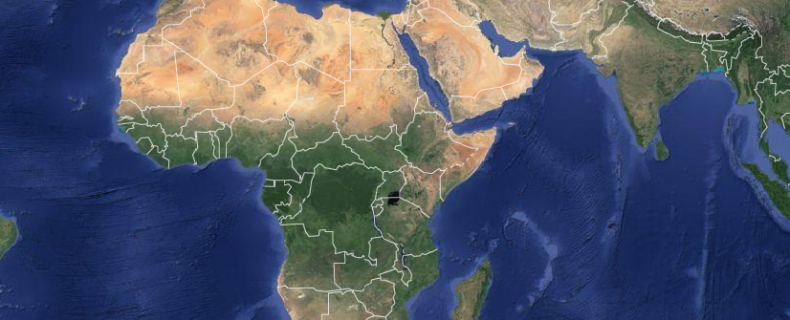
connecting investments in large scale irrigation to gendered reallocations of water and labor in the Eastern Nile basin
Introduction :
Ethiopia, Sudan and Egypt all have ambitious plans to increase irrigated agriculture in the Eastern Nile Basin. Planned projects will imply re-distributions of Nile flows and therefore affect (capabilities for) social and ecological resilience of local populations and ecosystems. As the Nile basin is rapidly closing, these redistributions will have trade-offs and be contested, with some being favored more than others. Improving the ability of decision makers, investors and communities to make informed decisions about the social and ecological benefits and costs of new investments, and about how these are (to be) divided across scales and (groups of) people, is therefore of crucial importance.
Project activities
The project is currently running in three study sites, mainly:
- Dal Agricultural Scheme, Sudan
- Salam Canal Project, Egypt
- Tana Beles Sugar Cane, Ethiopia
The main activities include Water Accounting Analyses (WA+), Soical Impacts and Ecosystems Services and Resilience .
Objectives
Overall ambition of the project:
To make Water Accounting contextually relevant by including social (including gender) and ecological dimensions….
Partners
The lead institute is the UNESCO-IHE Institute. Partners are: IWMI(Cairo and Addis Ababa), HRC-Sudan and Ethiopian Forum for Social Studies (FSS). The inception workshop was hosted by the HRC-Sudan during 9-11 March 2015.
Methodology
For the case study areas inclusive water accounting will be carried out according to the four steps displayed in the right figure.Satellite data and SEBAL model are the main used techniques.
Outputs
Land use/cover, ET, Water Productivity and Biomass maps were produced for the three case studies (Actual ET maps are shown in figures below).
partners
Related Projects
-
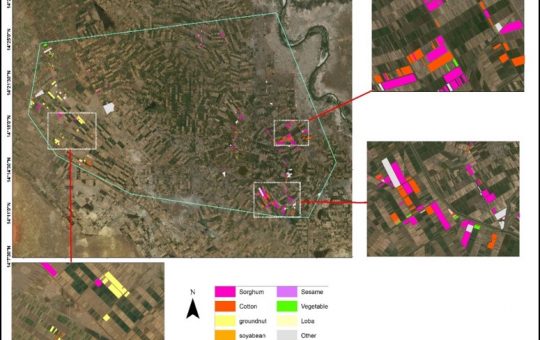
Water Productivity
This project was one of the outcomes of the strategic partnership-setting meeting between the Minister of Irrigation and Water Resources (MoIWR) and the Food and Agricultural Organization (FAO) Sudan...
-
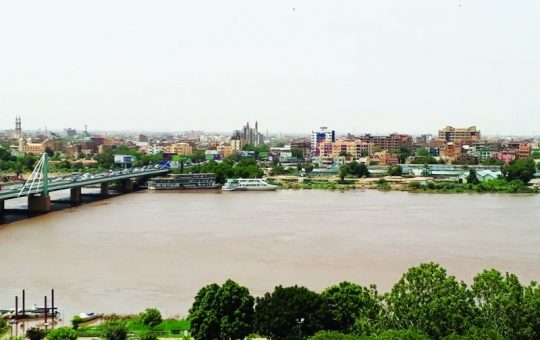
أثر مياه النيل على العلاقات السودانية المصرية ما بعد سد النهضة
تناولت الدراسة بشيء من التفصيل والتحليل أثر مياه النيل علي علاقات السودان ومصر ما بعد قيام سد النهضة الأثيوبي، وكان ذلك في أربع فصول يحوي كل عدة فصل محاور....
-
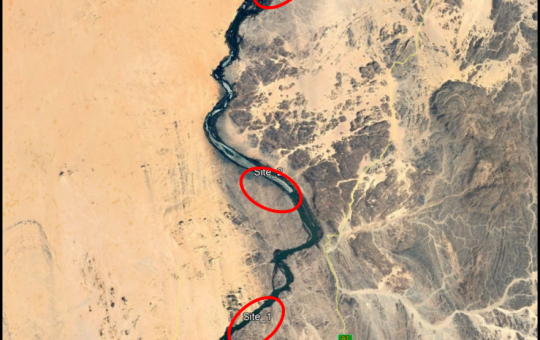
Selection of the Nile gauging site upstream High Aswan Dam
As per a request from the Permanent Joint Technical Commission for Nile Water (PJTC), The Hydraulics Research Center (HRC) conducted a study to investigate a suitable location of a...
-
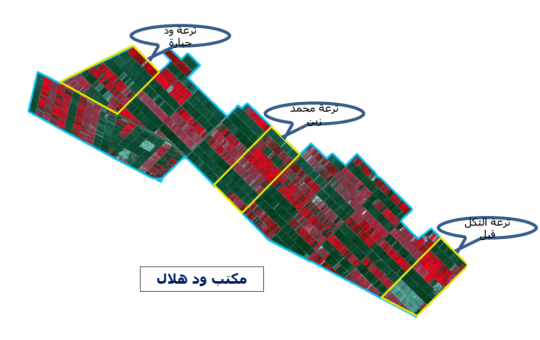
Mapping of Cropped Areas in Gezira Irrigation Scheme Using Remote Sensing and GIS techniques
Irrigation schemes in Sudan face many challenges. One of these challenges is to determine the actual cultivated area for the crops, in particular for large schemes such as Gezira...
-

Investigation of the Drainage Problems of Sabir Branch Protective Drain in New Halfa Irrigation Scheme
This study is intended to investigate the flooding problems of Sabir Branch Protective drain, where every year floods flowing from Albutana plateau threatens New Halfa Irrigation Scheme and also...








